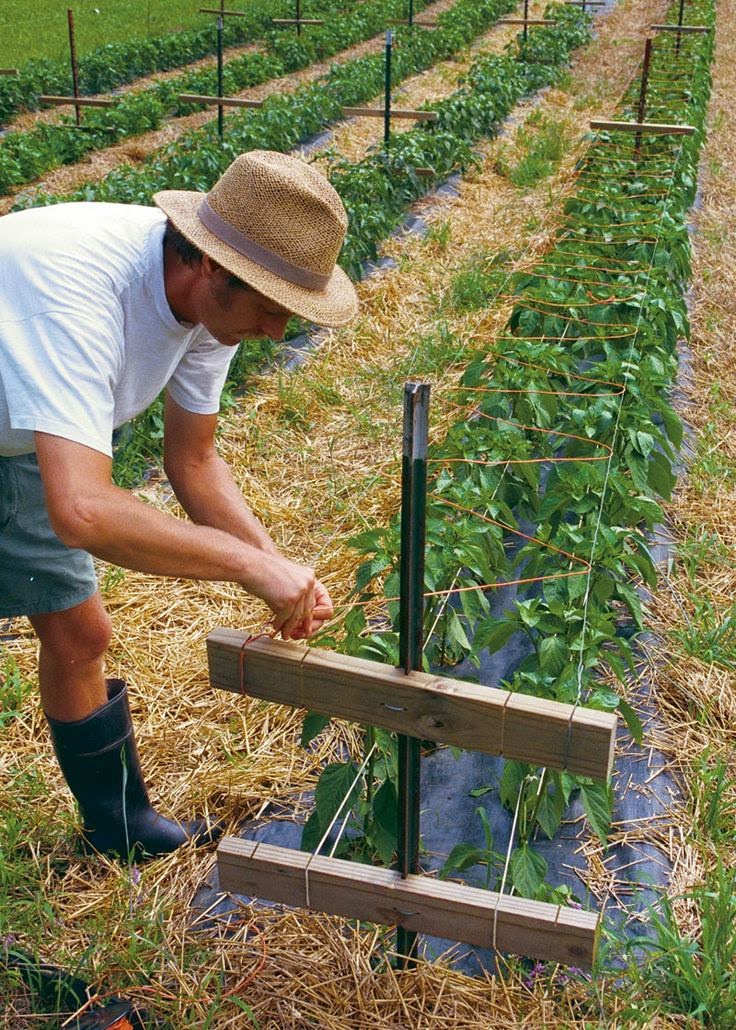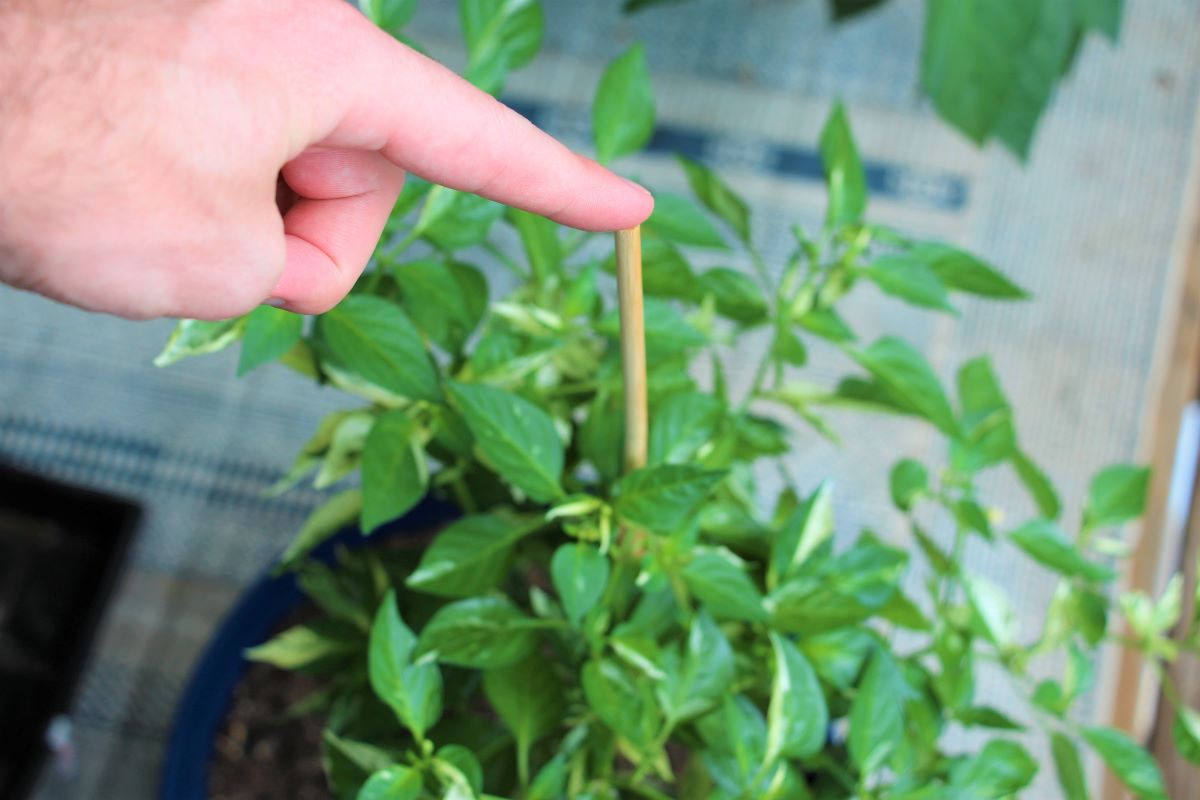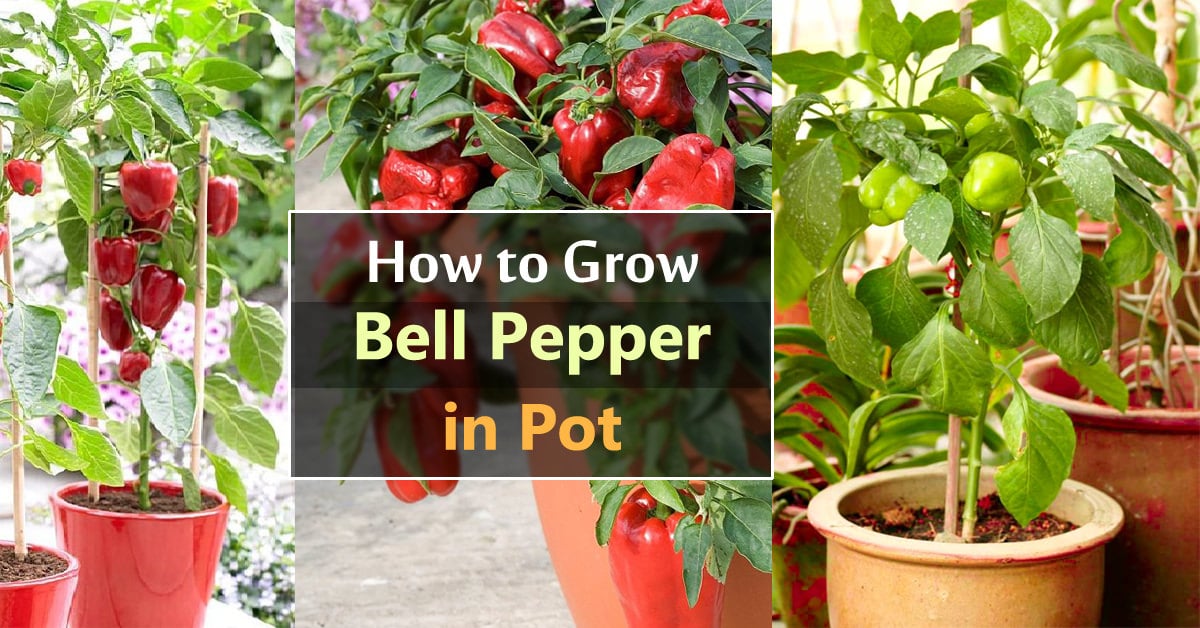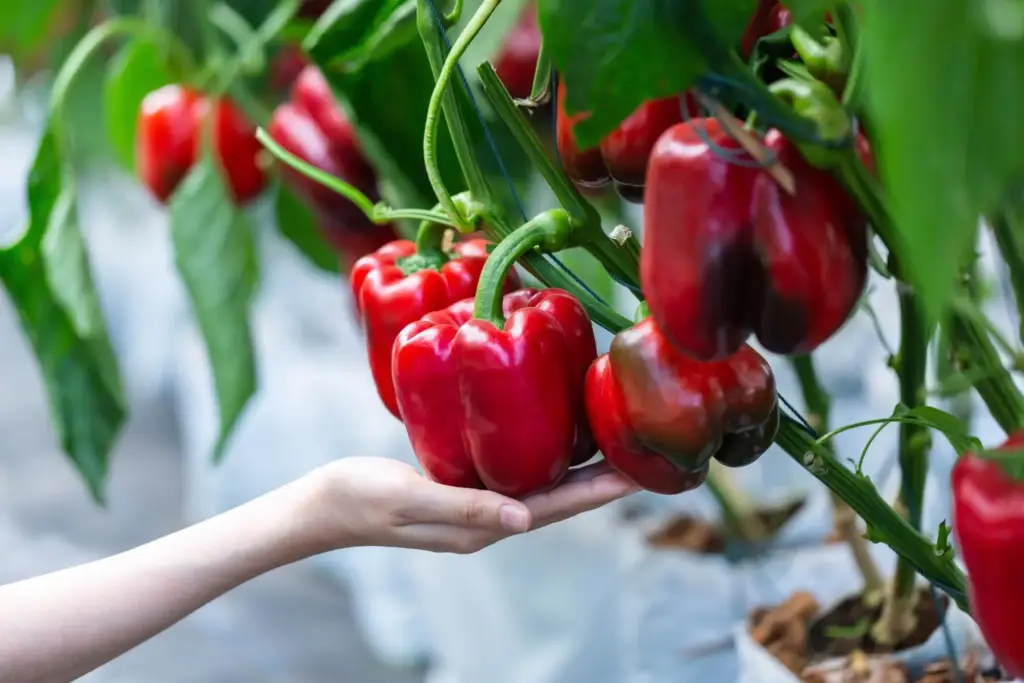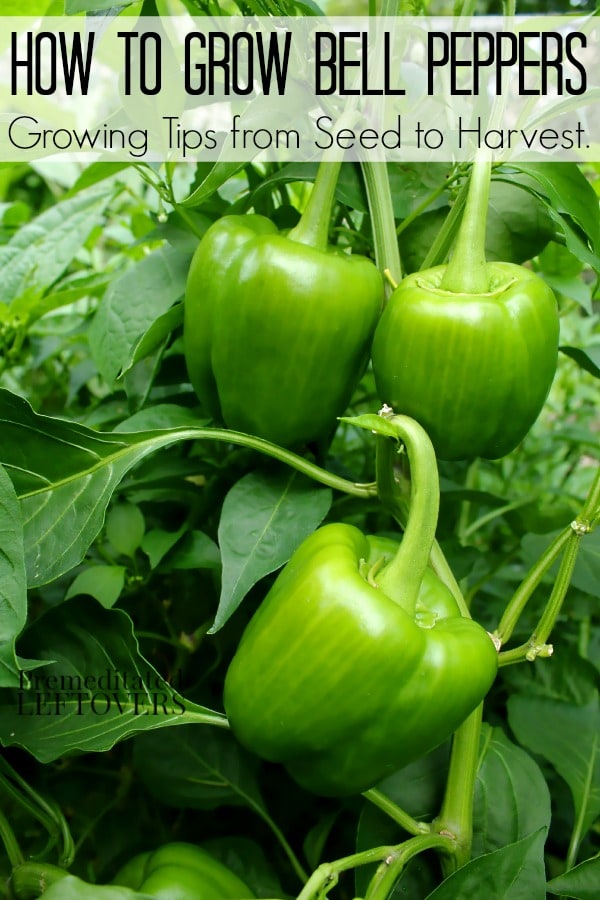How To Support Bell Pepper Plants

Bell pepper plants, known for their vibrant colors and crisp flavor, require adequate support to thrive and produce abundant harvests. Gardeners can employ various methods to protect these plants from wind damage, heavy fruit loads, and soil-borne diseases.
This article delves into the essential techniques for providing effective support to bell pepper plants, ensuring optimal growth and fruit production.
Understanding the Need for Support
Bell pepper plants, Capsicum annuum, are inherently prone to leaning or breaking under the weight of their fruit, particularly during periods of heavy rainfall or strong winds. Without proper support, stems can snap, leading to fruit loss and increased vulnerability to diseases.
Supporting pepper plants also helps improve air circulation, reducing the risk of fungal diseases that thrive in humid conditions. Furthermore, lifting the foliage and fruit off the ground minimizes contact with soil-borne pathogens and pests.
Staking
Staking is a traditional and widely used method for supporting individual pepper plants. It involves inserting a sturdy stake into the ground near the base of the plant and securing the main stem to the stake using soft twine or plant ties.
The stakes should be tall enough to support the plant as it grows, typically ranging from 3 to 4 feet in height. Choose stakes made of durable materials such as bamboo, wood, or metal.
Drive the stake into the ground a few inches away from the plant's main stem, being careful not to damage the roots. Gently tie the stem to the stake, ensuring the tie is not too tight to restrict growth.
Caging
Caging provides a more comprehensive support system for bell pepper plants, encasing the entire plant within a wire or plastic mesh cage. This method is particularly effective for plants that tend to sprawl or produce a large number of fruits.
Tomato cages, readily available at garden centers, are well-suited for supporting pepper plants. Alternatively, you can construct your own cages using wire mesh and sturdy posts.
Place the cage around the plant early in its growth cycle, allowing the plant to grow within the confines of the cage. As the plant grows, the cage will provide support to the stems and branches, preventing them from bending or breaking.
Trellising
Trellising is a space-saving method for supporting pepper plants, particularly useful in smaller gardens or raised beds. It involves training the plants to grow along a vertical structure, such as a fence, trellis, or netting.
Install the trellis or netting before planting the peppers or shortly thereafter. As the plants grow, gently guide the stems and branches towards the support structure, tying them loosely with twine or plant ties.
Trellising allows for better air circulation and sunlight penetration, promoting healthier growth and higher yields.
Choosing the Right Support Method
The best support method for your bell pepper plants will depend on several factors, including the plant variety, growing conditions, and personal preferences. Staking is a simple and cost-effective option for individual plants, while caging provides more comprehensive support for larger or sprawling varieties.
Trellising is ideal for maximizing space in smaller gardens and can create an attractive visual display.
Regardless of the method you choose, it's essential to monitor your plants regularly and adjust the support as needed to accommodate their growth and fruit production.
Additional Tips for Supporting Bell Pepper Plants
In addition to choosing the appropriate support method, consider the following tips to enhance the effectiveness of your support system. Use soft, flexible ties to avoid damaging the plant's stems. Regularly inspect the support structures for signs of damage or instability.
Adjust the ties as the plant grows to ensure adequate support. Prune the plants to remove excess foliage, reducing the weight on the stems and improving air circulation. Consider using mulch around the base of the plants to retain moisture and suppress weeds, further promoting healthy growth.
By implementing these support techniques, gardeners can protect their bell pepper plants from damage, improve air circulation, and maximize fruit production. These efforts will contribute to a bountiful harvest of flavorful and colorful bell peppers.
The Impact of Proper Support
Proper support for bell pepper plants translates to healthier plants and better yields. Stronger plants are less susceptible to disease and produce more fruit.
This contributes to greater food security for home gardeners and improved profitability for commercial growers. Implementing these practices can significantly enhance the overall success of bell pepper cultivation.
Ultimately, taking the time to provide adequate support is an investment that pays off in the form of a more abundant and rewarding harvest.
